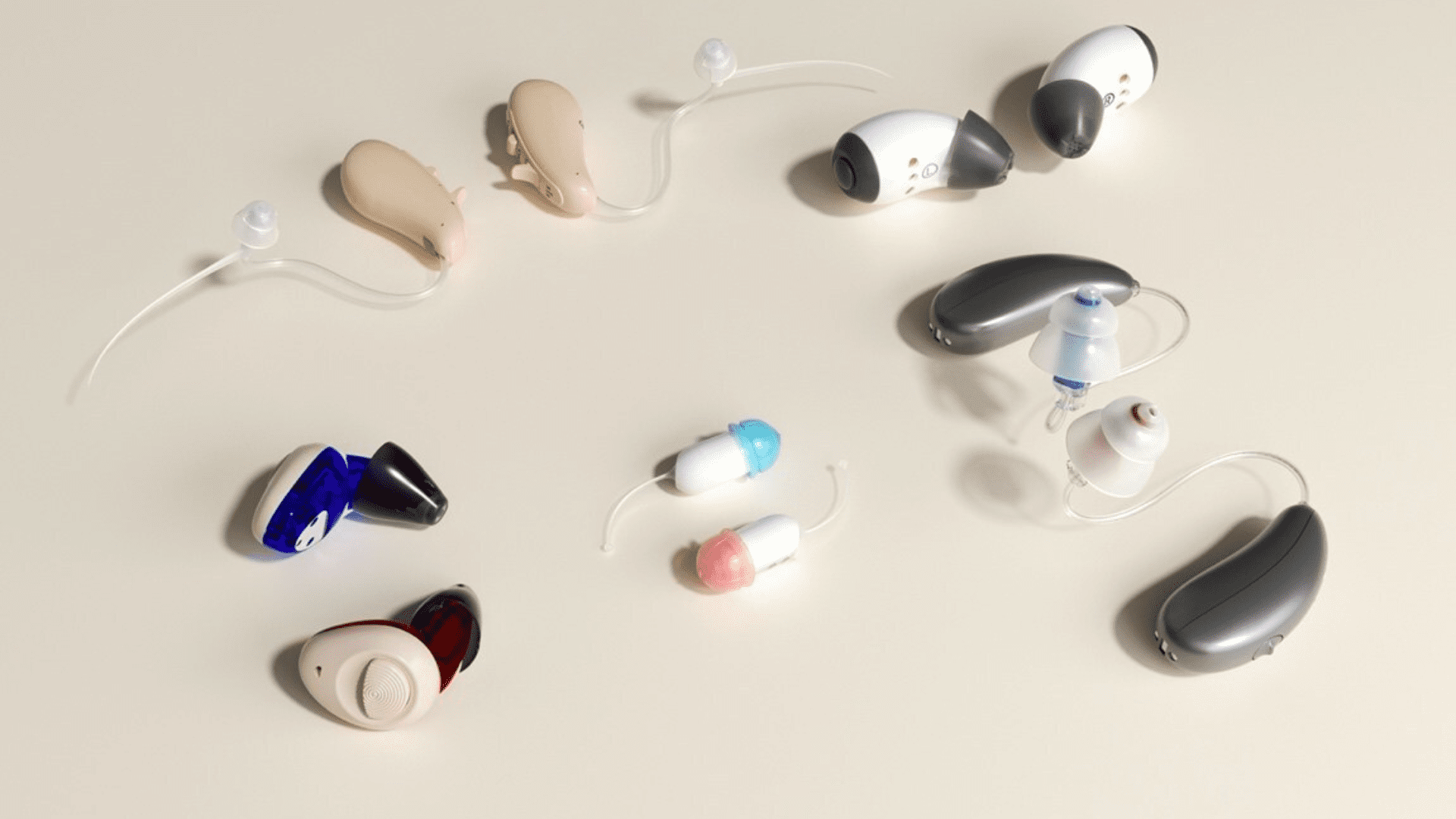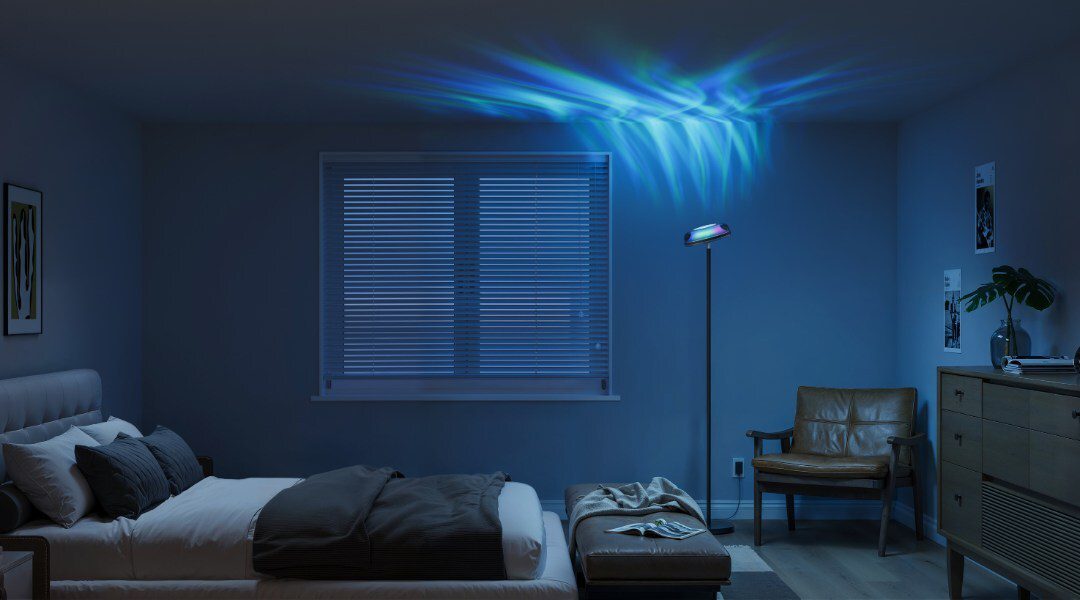A startup company in Seattle is giving us a glimpse into the future with a drone intended to one day fight crime. The Responder quadcopter has flashing lights and other gadgets to help quicken response times.
Responder Drone
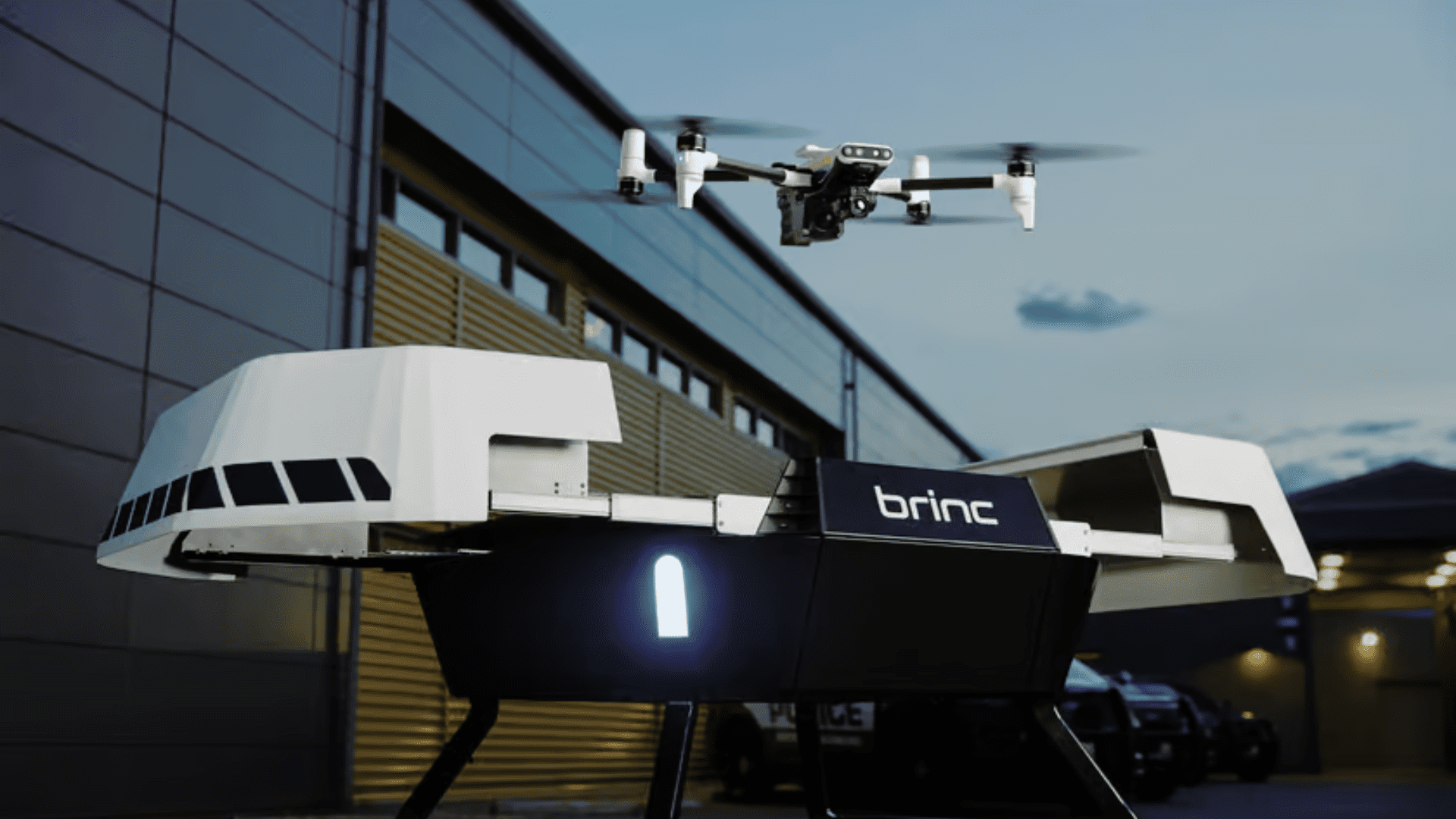
Seattle-based startup Blinc manufactured the Responder to assist police forces, fire departments, ambulance services, and other first response agencies. Along with the lights and sirens, the Responder includes the following:
- 40x-zoom HD optical camera array
- thermal imaging camera
- spotlight
- two-way communications system, including a speaker and microphone
It also can carry supplies for emergencies, such as EpiPens, defibrillators, flotation devices, and naloxone for opioid overdoses.
The plan is to have multiple Responders stationed throughout the city. In addition, each one would be protected inside its own robotic Responder Station “charging nest” when not on duty.
Dispatching the Responder
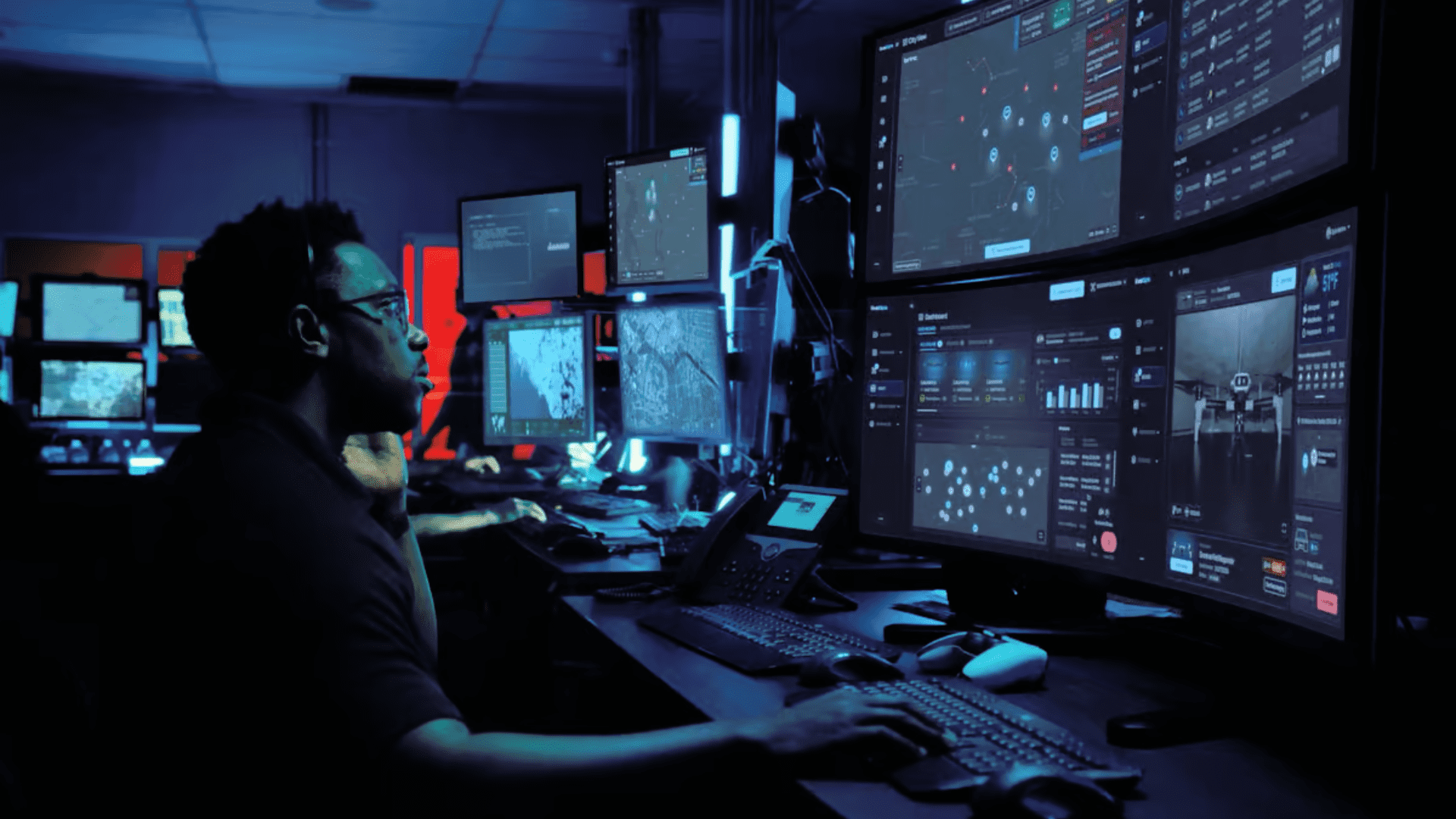
When the appropriate dispatcher receives a 911 call, they can choose to send the closest Responder drone to that location. According to Brinc, the drone takes off from its charging nest in less than five seconds. A human response team may also be dispatched, but the company says it would be slower than the Responder drone.
When the drone is en route to the location, its cameras send a live feed to the relevant emergency service via 4G, which is viewed on the system-specific LiveOps browser. The company says the drone’s response time is ideally 70 seconds. Once the Responder arrives at the scene, someone from the service can have a real-time conversation with the affected individual(s) through the drone’s communication system. This conversation could range from the person needing an EpiPen to de-escalating a situation. It’s estimated that about 25% of calls won’t need a human response team.
About the Response Drone
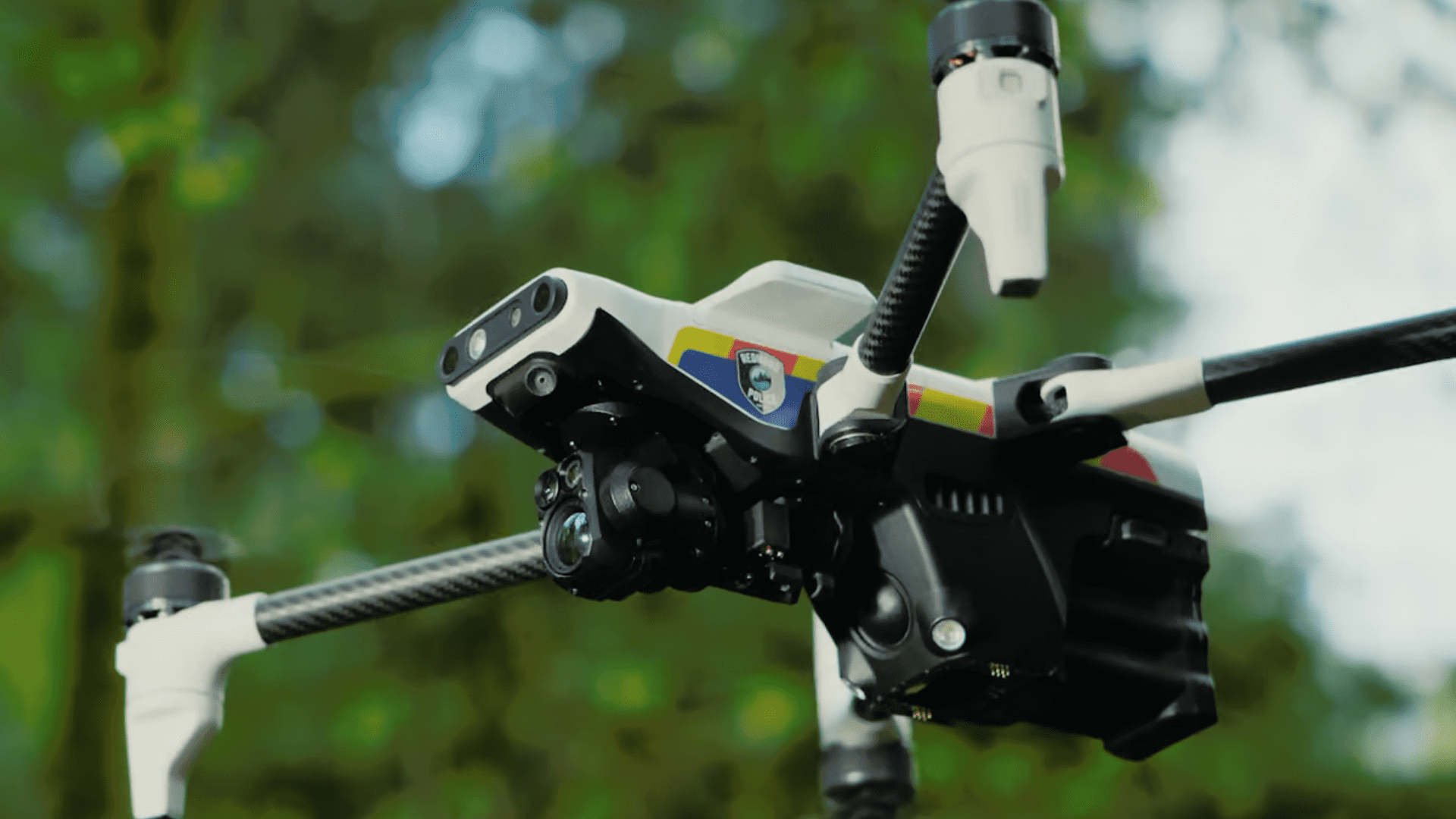
The quadcopter reportedly flies for up to 42 minutes on a single charge, which takes about 40 minutes to fully charge. Additionally, the Responder flies autonomously with the help of a forward collision-avoidance system. However, it can also be remotely controlled. If someone controls the quadcopter, they can do so on-site using a handheld remote or from the dispatch station.
Brinc is currently accepting inquiries from potential commercial or municipal clients.



